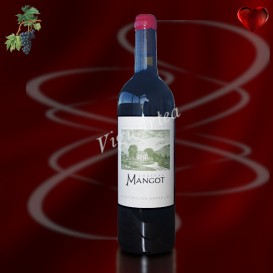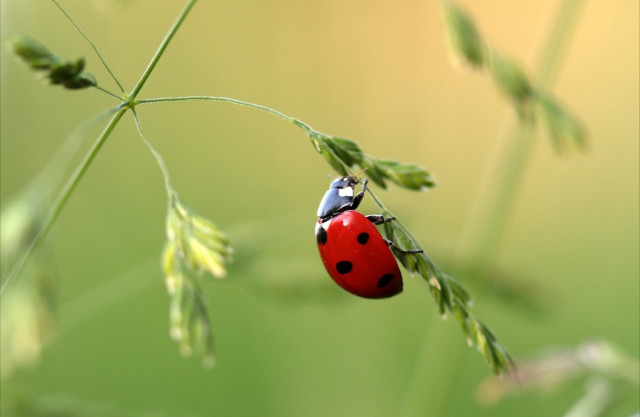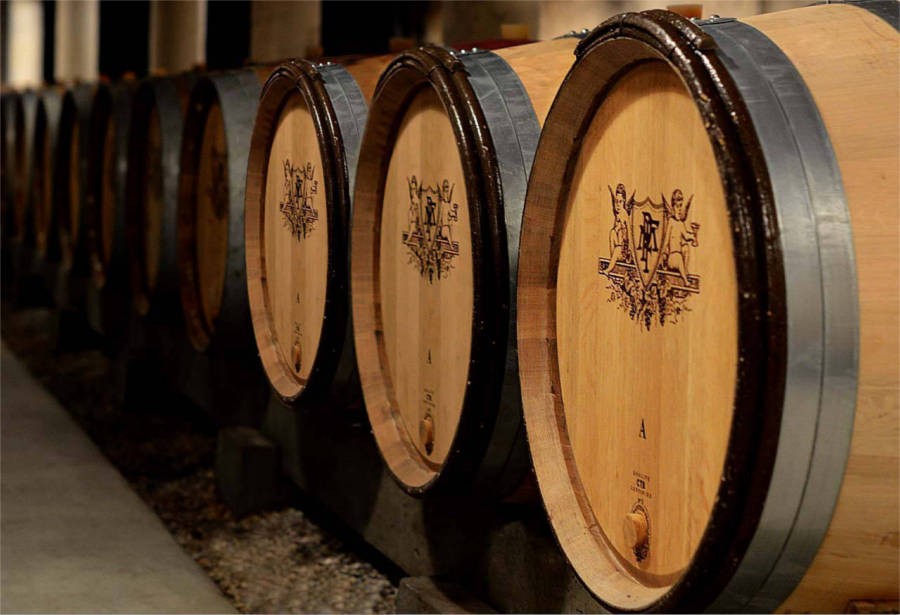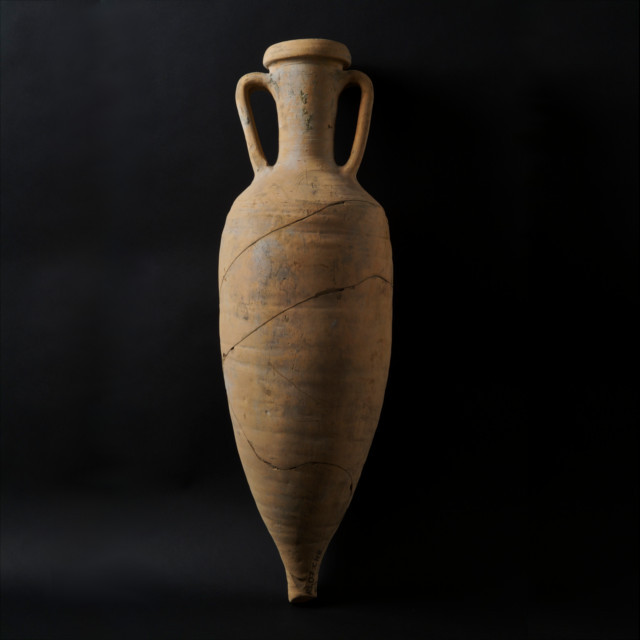Château MANGOT

SAINT-ÉMILION GRAND CRU 34 ha HVE WINEMAKER : TODESCHINI Family
ESTATE HISTORY
Château MANGOT, located in Saint-Etienne de Lisse, east of Saint-Emilion, is the property of the TODESCHINI family. The vineyard covers a total area of 34 ha, with grape varieties made up of a majority of Merlot, Cabernet Franc and Cabernet Sauvignon. The vines are around 40 years old, 28% of them are over 45 years old.
The first traces of the name Mangot appear in writings of 1515, and one can read, in an act of March the 6th, 1559, that vines were already cultivated there.
The property passed into the hands of various families before being broken up in 1784.
In 1870 the red wine production was of 35 barrels. Over the years, Château Mangot wines were gaining in quality, until 1898, when they stood out for their finesse and began to acquire a strong reputation.
The TODESCHINI family, the current estate owner, is fully aware of the castle historic richness and the quality of its terroirs that they make sure to pamper each day by praticing an ecological viticulture.
TERROIR
The vines are spread over two distinct terroirs of the Tertiary, the oldest dating from the end of the Eocene era (between -37 and -33 my) and the most "recent" formed during the Oligocene era (between -33 and -23 my). These soils bear witness to a transitional period in the Earth history, when the sea, still present in the region during the Cretaceous era, gradually retreats in the Eocene, leaving behind sounds, mangroves, lakes and marshes. The end of the Eocene and all the Oligocene era are then marked by fluvial and and fluvio-lacustrine formations that only one marine transgression during the Oligocene disturbed by giving birth to one of the estate soils : an asteriated limestone soil.
The sea then withdraws definitively.
The fluvio-lacustrine formations of the other part of the terroir are mainly composed of 15 to 25 meters high layer of Fronsadais molasses that settled out when the Aquitaine basin was only a vast and deltaic marine gulf. Part of these formations consists of a clay-limestone base called castillon limestone that settled out in a vast depression formerly occupied by a carbonate lake.
The Fronsadais molasses that cover a large part of the Château Mangot vineyard, are a precious water reservoir for the vines which can better tolerate summer droughts.
WINEGROWING & WINEMAKING
The TODESCHINI family's commitment into the environment respect and their heritage safeguard is total. The various approaches taken to this end testifies to this : the TODESCHINI family obtained the ISO 14001 certification in 2016 and the HVE (High Environmental Value) level 3 certification in 2017. These certifications attest to environment respectful practices carried out by the estate in the sole purpose of preserving the vineyard natural ecosystem and an optimised management of the water resources. The icing on the cake : the estate is currently engaged into the organic farming conversion of their vineyard, a challenge that should be taken up without great difficulty since it has been over 10 years since no herbicide, fungicide or pesticide has been used in the vineyard.
At the winery, the estate aims to be the least interventionist possible : the grapes, once harvested, are subject to three successive sortings : a first sorting on a vibrating table eliminates the dried or withered berries, then the rest of the berries are sorted aerodynamically (sorted by a blower), which eliminates lighter elements such as rotten berries, leaf debris, etc. Finally, the last sorting is manual and consists in eliminating the last residues and the immature berries.
Fermentation takes place in thermo-regulated stainless steel tanks and is done with native yeasts and bacteria. Maceration lasts four weeks during which the cap formed by the grape skins is regularly mixed with the juice by pumping over. The must is then pressed and then aged in french oak barrels for more than a year.
During the whole vinification, the sulphits additions are reduced to the strictly necessary doses yet sufficient to ensure optimal protection of the wine. After bottling, the wine is kept for five to seven years in the cellar before marketing.
-
CHÂTEAU MANGOT 2019 RED WINE
33,60 € In stock!BORDEAUX - AOP SAINT-ÉMILION GRAND CRU CLASSÉ - RED WINE
Grape varieties: Merlot (80%) - Cabernet Franc (15%) - Cabernet Sauvignon (5%)
Native yeasts
Ageing in oak barrels for 13/15 months- Nose: intense and generous. Notes of black fruit, peppermint, black pepper, cinnamon with a hint of liquorice.
- Palate: rich, dense and enveloping. Silky tannins. Blackcurrant and black cherry on the finish.
Tasting date: October 2023.
OUR OPINION: a very fine vintage, generous and well-balanced. I love it!

